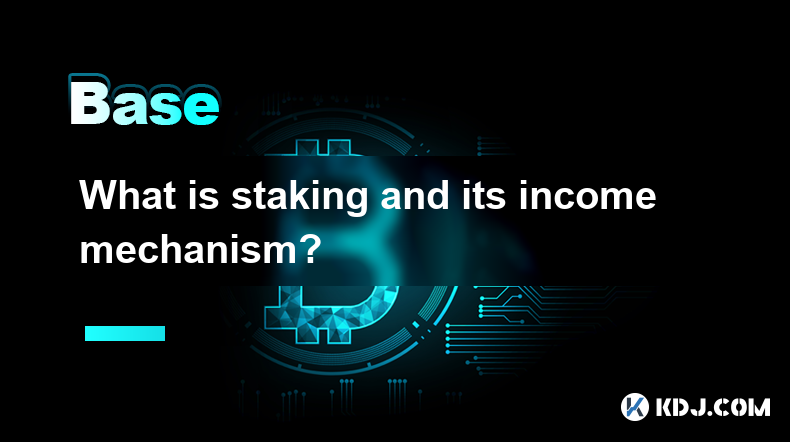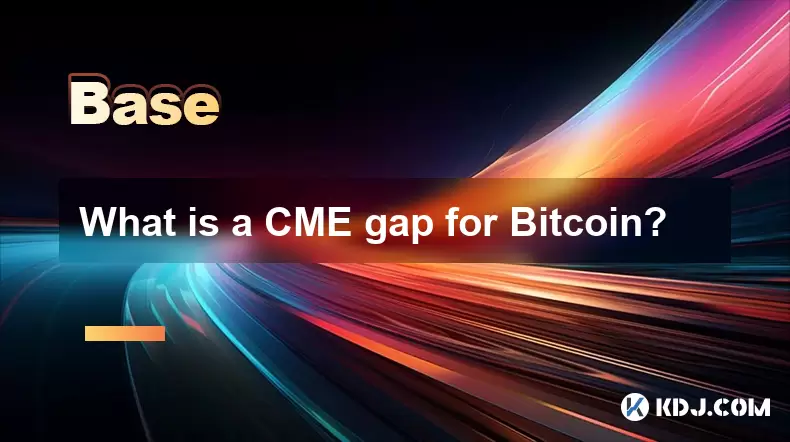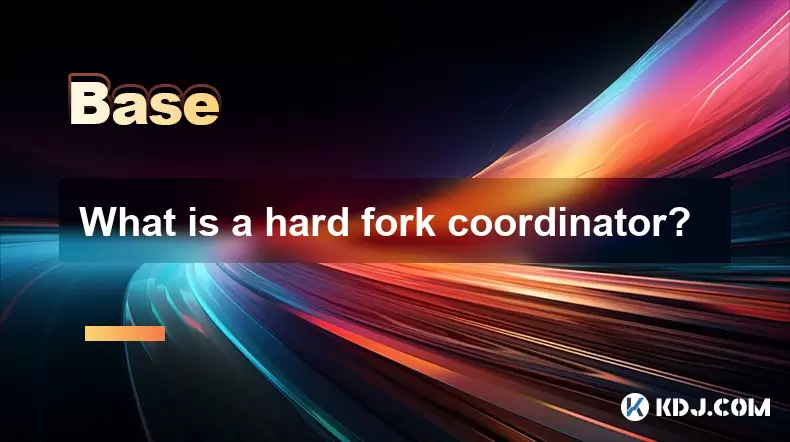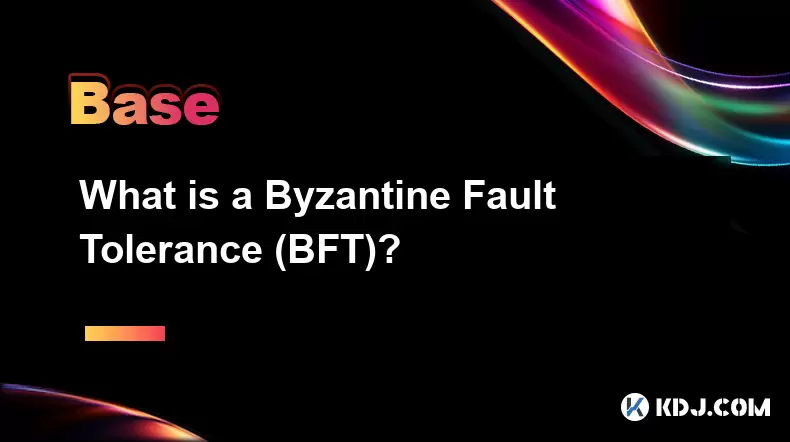-
 Bitcoin
Bitcoin $109,459.7682
2.44% -
 Ethereum
Ethereum $2,598.6052
6.29% -
 Tether USDt
Tether USDt $1.0003
0.00% -
 XRP
XRP $2.2734
3.95% -
 BNB
BNB $661.4886
1.58% -
 Solana
Solana $155.4825
4.35% -
 USDC
USDC $0.9999
-0.02% -
 TRON
TRON $0.2838
1.04% -
 Dogecoin
Dogecoin $0.1740
8.25% -
 Cardano
Cardano $0.6047
9.04% -
 Hyperliquid
Hyperliquid $40.2302
6.50% -
 Sui
Sui $2.9863
10.05% -
 Bitcoin Cash
Bitcoin Cash $509.5786
0.60% -
 Chainlink
Chainlink $13.8156
6.03% -
 UNUS SED LEO
UNUS SED LEO $9.0142
0.69% -
 Avalanche
Avalanche $19.0337
8.68% -
 Stellar
Stellar $0.2438
5.17% -
 Toncoin
Toncoin $2.9012
3.59% -
 Shiba Inu
Shiba Inu $0.0...01210
6.20% -
 Litecoin
Litecoin $90.0882
7.05% -
 Hedera
Hedera $0.1597
8.53% -
 Monero
Monero $326.3340
2.88% -
 Polkadot
Polkadot $3.6365
9.32% -
 Bitget Token
Bitget Token $4.6162
2.72% -
 Dai
Dai $1.0001
0.00% -
 Ethena USDe
Ethena USDe $1.0002
-0.01% -
 Uniswap
Uniswap $7.6403
10.47% -
 Pepe
Pepe $0.0...01060
12.03% -
 Aave
Aave $281.3664
7.56% -
 Pi
Pi $0.4992
1.76%
What is staking and its income mechanism?
Staking in PoS blockchains involves holding crypto to validate transactions, earning rewards like block rewards and fees, but requires careful management due to risks like slashing and liquidity issues.
Apr 08, 2025 at 12:56 am

Staking is a fundamental concept in the world of cryptocurrencies, particularly within blockchain networks that utilize a Proof of Stake (PoS) consensus mechanism. Staking involves holding funds in a cryptocurrency wallet to support the operations of a blockchain network. This process not only helps maintain the integrity and security of the network but also offers participants an opportunity to earn rewards. In this article, we will delve into the intricacies of staking and explore its income mechanism in detail.
What is Staking?
Staking is the process of locking up a certain amount of cryptocurrency to participate in the validation of transactions on a blockchain. Unlike Proof of Work (PoW) systems, which require significant computational power, PoS systems rely on the amount of cryptocurrency a participant is willing to 'stake'. This method is more energy-efficient and allows for a more democratic participation in the network's governance.
In a PoS system, validators are chosen to create new blocks based on the number of coins they hold and are willing to stake. The more coins a participant stakes, the higher their chances of being selected to validate transactions and add new blocks to the blockchain. This process not only secures the network but also incentivizes participants to act honestly, as they have a financial stake in the network's success.
How Does Staking Generate Income?
The primary way staking generates income is through block rewards. When a validator is chosen to create a new block, they are rewarded with a certain amount of the cryptocurrency. These rewards are typically distributed in the same cryptocurrency that is being staked. For example, if you are staking Ethereum, you would receive additional Ethereum as a reward.
In addition to block rewards, some networks offer transaction fees as part of the staking income. When validators process transactions, they can collect the fees associated with those transactions. These fees are usually small but can add up over time, especially for validators who process a high volume of transactions.
Types of Staking
There are several types of staking, each with its own set of rules and potential rewards. The most common types include solo staking, pooled staking, and delegated staking.
Solo Staking: This involves running your own validator node. Solo staking requires technical knowledge and a significant amount of cryptocurrency to meet the minimum staking requirements. For example, Ethereum 2.0 requires a minimum of 32 ETH to run a validator node. Solo stakers have full control over their staking operations but also bear the full responsibility for maintaining their node.
Pooled Staking: In pooled staking, participants combine their resources to meet the minimum staking requirements. This allows individuals with smaller amounts of cryptocurrency to participate in staking. Staking pools are managed by third parties, and the rewards are distributed among the pool members based on their contribution. While pooled staking reduces the technical barriers to entry, it also means sharing the rewards with other participants.
Delegated Staking: Some networks allow users to delegate their staking rights to a validator. In delegated staking, users do not need to run their own nodes. Instead, they can choose a validator to stake on their behalf. The validator receives a portion of the rewards as a fee for their service, and the rest is distributed to the delegators. This method is user-friendly but requires trust in the chosen validator.
Factors Affecting Staking Income
Several factors can influence the income generated from staking. The most significant factors include the amount staked, the duration of staking, and the network's overall performance.
Amount Staked: The more cryptocurrency you stake, the higher your chances of being selected to validate transactions and earn rewards. Networks often have a minimum staking requirement, and exceeding this amount can increase your potential income.
Duration of Staking: Some networks offer additional rewards for long-term staking. Locking up your cryptocurrency for an extended period can result in higher rewards. However, this also means your funds are less liquid and cannot be used for other purposes during the staking period.
Network Performance: The overall performance of the blockchain network can impact staking income. Factors such as the number of transactions, the network's security, and the cryptocurrency's market value can all influence the rewards. A well-performing network with high transaction volumes can lead to higher staking income.
Risks and Considerations
While staking can be a lucrative way to earn passive income, it is not without risks. Understanding these risks is crucial for making informed decisions about staking.
Slashing: Some networks have a mechanism called slashing, where validators can lose a portion of their staked funds for malicious behavior or network downtime. Slashing is designed to incentivize honest participation but can result in financial losses for validators.
Liquidity: Staking often requires locking up your cryptocurrency for a certain period. This can reduce the liquidity of your assets, making it difficult to access your funds when needed. It's important to consider your financial needs and the potential impact of reduced liquidity before staking.
Validator Performance: In delegated staking, the performance of the chosen validator can affect your rewards. If the validator is offline or performs poorly, it can result in lower rewards or even penalties. Researching and selecting a reliable validator is essential for maximizing staking income.
How to Start Staking
Starting to stake cryptocurrency involves several steps, depending on the network and the type of staking you choose. Here is a general guide to help you get started:
Choose a Cryptocurrency: Select a cryptocurrency that supports staking. Popular options include Ethereum, Cardano, and Tezos. Research the network's staking requirements and potential rewards.
Set Up a Wallet: You will need a compatible wallet to hold your staked cryptocurrency. Some networks require specific wallets, such as the Ethereum 2.0 deposit contract. Ensure your wallet supports the chosen cryptocurrency and staking functionality.
Acquire the Cryptocurrency: Purchase the required amount of cryptocurrency. You can buy it on a cryptocurrency exchange and transfer it to your staking wallet. Make sure you meet the minimum staking requirements of the network.
Stake Your Cryptocurrency: Depending on the type of staking, you may need to run a validator node, join a staking pool, or delegate your stake to a validator. Follow the network's specific instructions for staking. For example, to stake Ethereum, you would need to send 32 ETH to the Ethereum 2.0 deposit contract.
Monitor and Manage: Once your cryptocurrency is staked, monitor your staking performance and rewards. Some networks allow you to adjust your stake or withdraw your funds after a certain period. Keep track of any changes in the network's staking rules or rewards structure.
Frequently Asked Questions
Q: Can I stake multiple cryptocurrencies at the same time?
A: Yes, you can stake multiple cryptocurrencies simultaneously, provided you have the necessary funds and compatible wallets for each cryptocurrency. However, managing multiple stakes can be complex and requires careful monitoring of each network's rules and rewards.
Q: What happens if I need to access my staked funds before the staking period ends?
A: Accessing staked funds before the staking period ends can be challenging. Some networks allow early withdrawal but may impose penalties or require a waiting period. It's important to understand the specific rules of the network you are staking on and plan your financial needs accordingly.
Q: How do I choose a reliable validator for delegated staking?
A: Choosing a reliable validator involves researching their performance history, uptime, and fees. Look for validators with a strong track record of consistent performance and minimal downtime. Community feedback and reviews can also provide insights into a validator's reliability.
Q: Are there any tax implications for staking rewards?
A: Staking rewards may be subject to taxation, depending on your jurisdiction. In many countries, staking rewards are considered taxable income and must be reported accordingly. It's advisable to consult with a tax professional to understand the specific tax implications in your area.
Disclaimer:info@kdj.com
The information provided is not trading advice. kdj.com does not assume any responsibility for any investments made based on the information provided in this article. Cryptocurrencies are highly volatile and it is highly recommended that you invest with caution after thorough research!
If you believe that the content used on this website infringes your copyright, please contact us immediately (info@kdj.com) and we will delete it promptly.
- Eurau Stablecoin: Deutsche Bank, Galaxy, and Bafin Approval Usher in New Era
- 2025-07-03 20:30:12
- Solana DEX Volume and Ranking: Riding the Wave to the Top
- 2025-07-03 21:10:20
- BONK ETF Buzz: News, Catalysts, and What's Driving the Meme Coin Mania
- 2025-07-03 21:10:20
- Check Your Change! That 1p Coin Could Be Worth £200k!
- 2025-07-03 21:20:17
- Mosman Oil's Vecta Termination: A Drilling Programme Debrief
- 2025-07-03 20:30:12
- HYPE Price Forecast: Will It Reach $50 by July 2025?
- 2025-07-03 21:20:18
Related knowledge

What is open interest in derivatives?
Jul 03,2025 at 02:49pm
Understanding Open Interest in DerivativesOpen interest is a critical metric used in the cryptocurrency derivatives market, particularly when analyzing futures and options contracts. It represents the total number of outstanding contracts that have not been settled or closed by either party involved. Unlike trading volume, which counts all trades made i...

What is a CME gap for Bitcoin?
Jul 03,2025 at 05:49pm
Understanding the Concept of a CME GapA CME gap refers to a discrepancy in price between the closing price of Bitcoin on the Chicago Mercantile Exchange (CME) and its opening price when trading resumes. This phenomenon occurs because the CME operates during specific hours, typically aligned with traditional market hours, while cryptocurrency markets ope...

What is a liquidation cascade?
Jul 03,2025 at 07:15am
Understanding the Concept of LiquidationIn the realm of cryptocurrency trading, liquidation refers to the process by which a trader's position is automatically closed due to insufficient funds to maintain the leveraged trade. This typically occurs when the market moves against the trader's position and their account equity falls below the required maint...

What is a hard fork coordinator?
Jul 03,2025 at 12:42pm
Understanding the Role of a Hard Fork CoordinatorIn the world of blockchain and cryptocurrencies, a hard fork coordinator plays a critical role during major network upgrades. A hard fork is a significant change to a blockchain’s protocol that makes previously invalid blocks or transactions valid (or vice versa). This type of upgrade requires all nodes o...

What is a Byzantine Fault Tolerance (BFT)?
Jul 03,2025 at 11:49am
Understanding the Concept of Byzantine Fault ToleranceByzantine Fault Tolerance (BFT) is a critical concept in distributed systems, particularly within the realm of blockchain technology and cryptocurrencies. It refers to the ability of a system to continue functioning correctly even when some components fail or behave maliciously. The term originates f...

What is a subDAO?
Jul 03,2025 at 09:36am
Understanding the Concept of SubDAOA SubDAO, short for Sub-Decentralized Autonomous Organization, is a specialized entity that operates under the umbrella of a larger DAO (Decentralized Autonomous Organization). It functions with its own set of rules, governance mechanisms, and tokenomics while remaining aligned with the overarching goals of the parent ...

What is open interest in derivatives?
Jul 03,2025 at 02:49pm
Understanding Open Interest in DerivativesOpen interest is a critical metric used in the cryptocurrency derivatives market, particularly when analyzing futures and options contracts. It represents the total number of outstanding contracts that have not been settled or closed by either party involved. Unlike trading volume, which counts all trades made i...

What is a CME gap for Bitcoin?
Jul 03,2025 at 05:49pm
Understanding the Concept of a CME GapA CME gap refers to a discrepancy in price between the closing price of Bitcoin on the Chicago Mercantile Exchange (CME) and its opening price when trading resumes. This phenomenon occurs because the CME operates during specific hours, typically aligned with traditional market hours, while cryptocurrency markets ope...

What is a liquidation cascade?
Jul 03,2025 at 07:15am
Understanding the Concept of LiquidationIn the realm of cryptocurrency trading, liquidation refers to the process by which a trader's position is automatically closed due to insufficient funds to maintain the leveraged trade. This typically occurs when the market moves against the trader's position and their account equity falls below the required maint...

What is a hard fork coordinator?
Jul 03,2025 at 12:42pm
Understanding the Role of a Hard Fork CoordinatorIn the world of blockchain and cryptocurrencies, a hard fork coordinator plays a critical role during major network upgrades. A hard fork is a significant change to a blockchain’s protocol that makes previously invalid blocks or transactions valid (or vice versa). This type of upgrade requires all nodes o...

What is a Byzantine Fault Tolerance (BFT)?
Jul 03,2025 at 11:49am
Understanding the Concept of Byzantine Fault ToleranceByzantine Fault Tolerance (BFT) is a critical concept in distributed systems, particularly within the realm of blockchain technology and cryptocurrencies. It refers to the ability of a system to continue functioning correctly even when some components fail or behave maliciously. The term originates f...

What is a subDAO?
Jul 03,2025 at 09:36am
Understanding the Concept of SubDAOA SubDAO, short for Sub-Decentralized Autonomous Organization, is a specialized entity that operates under the umbrella of a larger DAO (Decentralized Autonomous Organization). It functions with its own set of rules, governance mechanisms, and tokenomics while remaining aligned with the overarching goals of the parent ...
See all articles

























































































